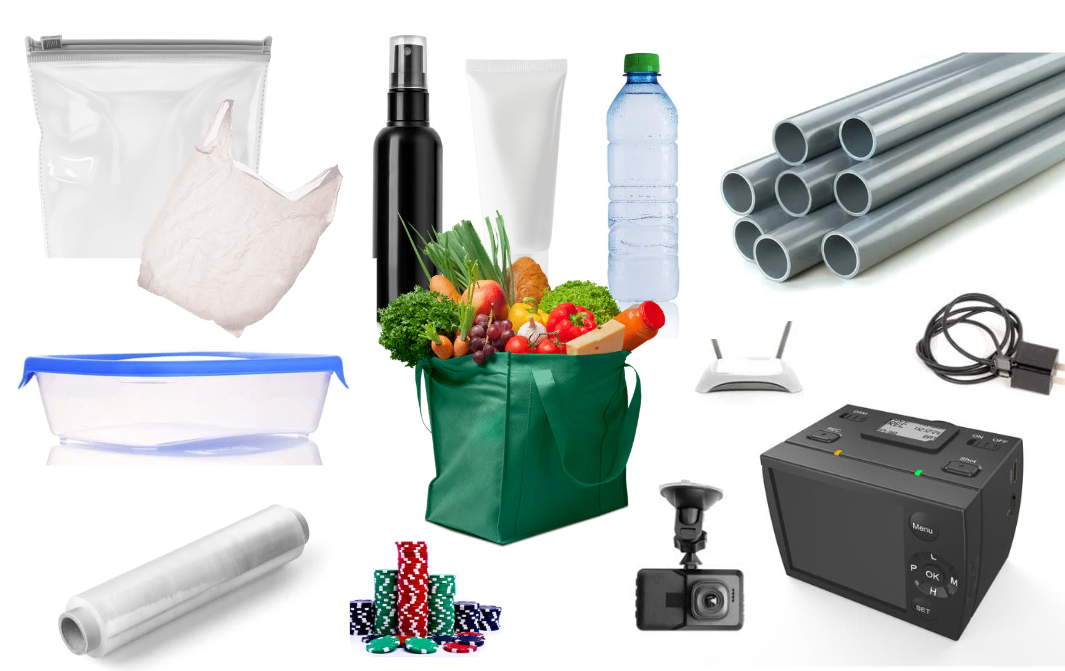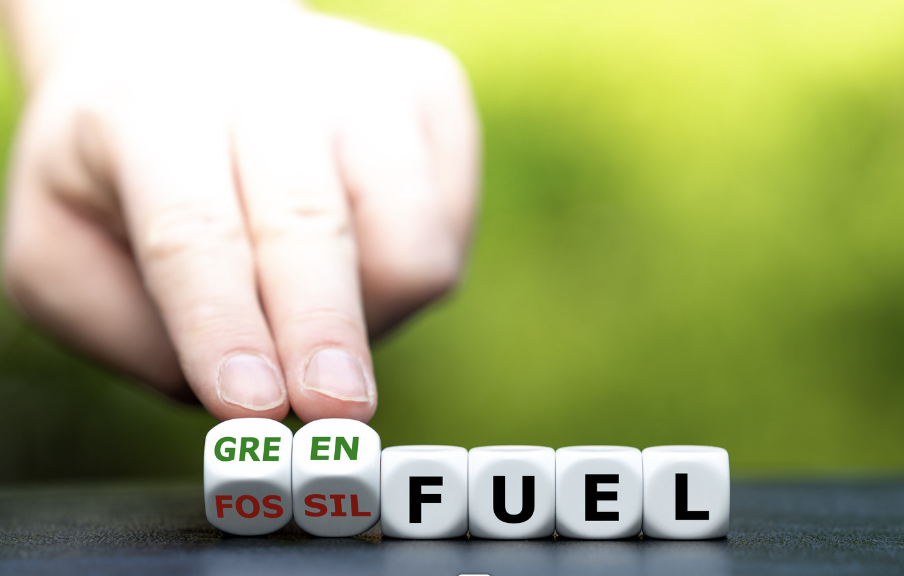In the dynamic realm of polymer matrix, filler has become a game-changer. The blending formula of 75% - 85% natural minerals (such as calcium carbonate, talc, clay or mica), polymer virgin and other additives such as paraffin oil, PE wax and zinc stearate holds the potential to redefine the way we produce and perceive plastic products. By enhancing performance of final products, streamlining cost-production and reducing polymer consumption, filler masterbatch is nominated to revolutionise plastics across various sectors.
In this exploration, we delve deep into the influence of calcium carbonate filler masterbatch in the world of plastics.
A Key Player in Diverse Applications

Calcium carbonate (CaCO3) filler masterbatch is a cost-effective polymer extender with widespread applications, particularly in the packaging sector. It elevates mechanical properties of final products such as stiffness, impact resistance, and dimensional stability. Everything around us, from plastic bags, films to consumer goods, this versatile material can constitute up to 30% of the material formula. Other industries that recognised the potential of CaCO3 filler masterbatch include construction, electronic devices, industrial equipment, or automotive. Consequently, it provides substantial advantages to products used in demanding environment by improving their heat, impact, and abrasion resistant capabilities.
Research fact: In an experiment carried out stearic acid modified CaCO3 on HDPE composite and studied its mechanical properties, the tensile strength of the composite increased by 5% when the filling content was 1% compared to pure HDPE. Additionally, the bending strength showed a significant improvement of 4.5% when the filling content was 15% (Sepeth et al., 2016). This results show how even small additions of CaCO3 can make a big difference in the strength of HDPE.
Resource Conservation and Environmental Impact

The use of filler/ extender in plastic production diminishes the demand for primary polymer, a resource sourced from finite fossil fuel reserves. In contrast, CaCO3 filler masterbatch primarily utilises naturally abundant resources derived from chalks or limestones, which contributes approximately 4% of the Earth's crust. The reduction in primary polymer consumption directly lessens our dependence on fossil fuels, which are not only precious and finite, but also costly to extract and refine. Moreover, it is worth noting that the cost of filler is typically half the cost of polymer, making it an economical and sustainable alternative for partially replacing polymer.
Research fact: When the ratio of PBS to CaCO3 stands at 7:3, aluminate content is 1.5%, the composable material demonstrates a significant improvement in overall performance. It not only fulfils the usage requirements but also achieves a remarkable 30% in cost reduction compared to pure PBS (Ligui Xiong et al 2020). This reduction yield holds the potential for cost-efficiency and encourages broader adoption and applications of this material.
In essence, filler masterbatch is a cost-effective approach that not only enhances the performance of plastic products, but also minimises the carbon footprint associated with material sourcing. This sustainable practice aligns with global efforts to promote resource conservation and improve the environmental impact.
Challenges and Solutions

The integration of CaCO3 filler masterbatch in plastic production has not been realistic without any challenges. One common issue is the requirement for precise formulation and dispersion of raw materials to ensure consistent product quality. Achieving the desired mechanical properties in the final products is not an easy task, as it requires decent R&D work in fine-tuning the filler-to-resin ratio.
Research fact: A study added modified nano CaCO3 to polypropylene PP with the filling amount 20%. The experimental results demonstrated that the tensile modulus and impact strength of the material were all improved at the same time. (Lin et al., 2010)
These challenges have motivated innovation and the development of more production process. Advanced mixing and dispersion technologies have been introduced to ensure uniform distribution. Manufacturers have also embraced customisation, tailoring formula to meet specific application requirements.
Hakada is committed to provide our customers with high quality PP and PE filler masterbatch solutions. Our dedication extends beyond just offering standardised products, we are able to collaborate with your R&D team to tailor the solutions according to your unique formula requirements. For comprehensive product catalog, TDS, MSDS and exclusive sale information, please reach out to us at inquiry@hakadatrading.com.
Reference:
Lin, Yong & Chen, Haibin & Chan, Chi-Ming & Wu, Jingshen. (2010). The toughening mechanism of polypropylene/calcium carbonate nanocomposites. Polymer. 51. 3277-3284. 10.1016/j.polymer.2010.04.047.
Sepeth H., Tarakcioglu N., Misra RDK. (2016) Determination of the mechanical, thermal and physical properties of nano-CaCO3 filled high-density polyethylene nanocomposites produced in an industrial scale. J. Journal of Composite Materials, 50(24): 3445-3456.
Xiong, L., [et al.] (2020). Preparation of PBS and CaCO3 Composite Degradable Materials based on Melt Blending. IOP Conference Series: Materials Science and Engineering, 730*(1), 012012.